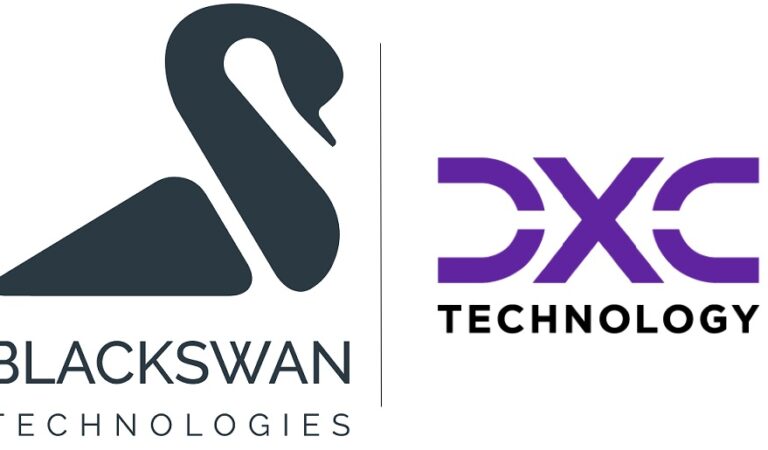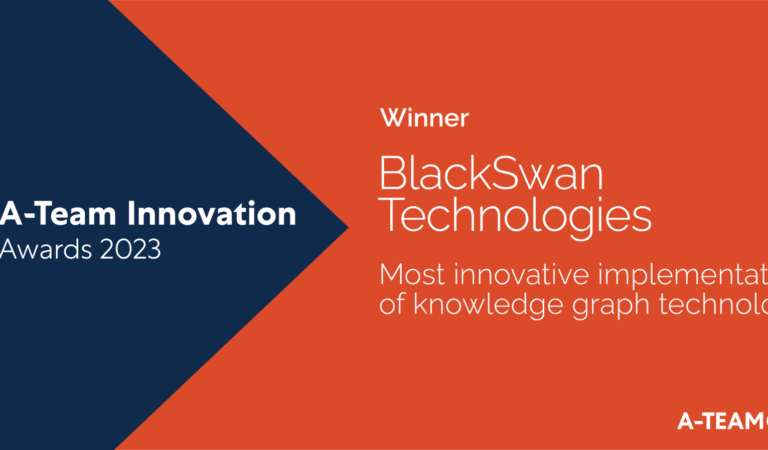
Mar. 29, 2022
How a Composable Business Architecture Provides the Structure for Adaptability
By Roei Soudai and Nadee Wije @BlackSwan Technologies
If the pandemic has taught us anything, it’s that businesses need to be able to adapt quickly – but businesses are unable to do this seamlessly with existing architecture.
When COVID-19 surfaced two years ago, organisations were woefully unprepared for what would become the greatest test of their ability to adapt to market changes swiftly.
Local and global supply chains faced disruptions due to government closures and containment measures such as social distancing. In fact, 94% of Fortune 1000 companies experienced supply chain disruptions, according to a report by Accenture.
Demand for products and services spiked for some businesses and plummeted for others. Customer behaviour evolved rapidly — with many shifting to digital channels to make purchases. Meanwhile, many employees were prompted to work remotely.
While some businesses thrived in spite of the innumerable challenges, many crumbled. Those that thrived and met customer expectations had one thing in common — they managed to pivot to new digital channels, meet new supply demands and react to changes in the market swiftly.
However, the vast majority of organisations didn’t adapt to market changes in time. How did that happen?
Existing Organisational Architecture and Behaviour
As organisations grow larger and become more complex with multiple product lines, collaboration and information sharing between departments tend to dwindle.
Over time, these organisational silos manifest in the form of data silos and disparate systems, which hinder an organisation’s ability to effectively use data to drive business objectives.
While organisations have sought to tackle data silos by consolidating the data into a central repository through solutions such as data warehouses and data lakes, they present certain limitations. Data quickly becomes outdated and multiple copies of the same data wind up spread across the organisation with no single source of truth.
And while departments may share common business processes, they often require a mix of distinct and similar functions in their applications. As a result, departments tend to build their own applications from scratch while redeveloping functionalities already available in the applications of other departments.
This duplication of work is a waste of resources; both in terms of the technology and data involved, as well as the expertise and time taken to build the applications. In addition, enterprises can miss key initiatives based on data, because it is outdated.
In order to be able to react quickly to changing demands at a pace suitable for every department while optimising the use of resources, organisations need to build software applications with reusable components. Organisations also need to be able to access data where it resides from any location, overcoming issues with data silos.
In other words, organisations need to become composable businesses — what Gartner defines as “an organisation that delivers business outcomes and adapts to the pace of business change”.
Becoming a Composable Business
An organisation can become a composable business by deploying composable applications. To depict the concept of composable applications more clearly, let’s consider the analogy of a scientific substance — atoms.
Composable applications abstract the data transformation process using AI by bringing the transformation to the data. Each piece of data becomes active data — ready to be used to perform any business function.
If we were to take a single piece of data and apply a catalog of data commands, it becomes an atom. These atoms represent granular functions, such as creating, editing, and deleting tags for documents.
Two or more of these atoms can be combined to create a molecule, which represents a process, such as document tag management. These molecules can then be reused by any department for different purposes.
Taking this a step further; two or more of these molecules can be combined to form a substance such as document management, comprising molecules such as document tag management, document grouping, and document collaboration. Substances represent a single component of an application that is yet to be born, and as with molecules, substances can be utilised in different departments without any additional work.
Two or more of these substances can then be combined to form a business application, such as an insurance underwriting solution, which may consist of a number of substances such as document management, questionnaire builder, entity resolution, and case management.
By rearranging these components — atoms, molecules, and substances — departments can create a wide range of business applications. These components act as reusable building blocks for enterprise software that can be connected using APIs, allowing organisations to adopt new tools and technologies and adapt swiftly to market changes.
Adapting to Changing Business Environments with a Composable Business Strategy
Using a composable business strategy, organisations can create new capabilities with ease.
Let’s consider a financial services firm looking to streamline anti-money laundering (AML) investigations as an example. The firm intends to reduce time spent by investigators on manual research and to more efficiently identify transactions that are incorrectly flagged as suspicious. However, its existing system lacks the advanced technological capabilities required to do so.
In order to incorporate the required capabilities, the firm can deploy a composable AML compliance suite customised with the desired molecules, substances, and applications; then establish a connection to its existing system using APIs.
The suite may initially have several applications that are available in a standard enterprise solution for financial institutions such as KYC, Transaction Monitoring, Transaction Intelligence, Media Analytics, and Entity Screening.
These applications may comprise molecules and substances such as entity management, advanced search, source management, and case management.
Recognising that the firm only requires substances and applications that support information gathering and transaction investigations, the firm customises the suite by combining only the relevant molecules, substances, and applications — excluding the Media Analytics application and source management substance.
The entity management substance, which includes a 360 entity view, captures and analyses all relevant information about the clients and counterparties involved in transactions, reducing the time required for manual information gathering. The advanced search molecule allows investigators to easily find answers to queries, and the case management substance allows investigators to organise and track investigations using workflows and dashboards.
The firm then integrates the customised application with its existing system through the use of APIs, becoming a composable business.
While global crises such as the COVID-19 pandemic are impossible to predict, organisations need to adopt a composable business strategy to tackle such uncertainties of the future with agility and resilience. The strategy allows organisations to seamlessly incorporate new capabilities into their existing tech stack, enabling them to meet evolving customer expectations and to sustain their growth of market share in the long run.
BlackSwan’s Approach to a Composable Business Strategy
BlackSwan Technologies’ ELEMENT™ is an award-winning platform-as-a-service that enables organisations to build enterprise AI applications at scale for any domain quickly and at a fraction of the cost of alternatives. The platform creates the foundation for composable businesses, equipping enterprises with real-time adaptability for lasting market leadership.
ELEMENT incorporates applications such as transaction monitoring and transaction intelligence, formed by combining substances such as case management and entity management, as well as molecules such as knowledge graphs and an insight engine that utilises visual link analysis. Organisations can create custom applications with their own combination of these molecules and substances, then incrementally expand adoption across the enterprise, while interoperating with existing IT assets.
The Knowledge Mesh capabilities of ELEMENT form a Data Fabric, which ensures that data is readily accessible, not siloed, and retains the context of data for reuse when building other applications.
Learn more about BlackSwan Technologies’ ELEMENT™ here.
Read more about the foundation of a Composable Business here.
Roei Sudai is Vice President of Products at BlackSwan Technologies. He has close to 20 years industry experience in enterprise software product development and management.
Nadee Wije is a Copywriter at BlackSwan Technologies. Certified in copywriting and content marketing, she has over 3 years of experience writing sales and marketing content for emerging B2B technology companies across the globe.
Follow BlackSwan on Twitter and LinkedIn
Business success photo created by wirestock – www.freepik.com


